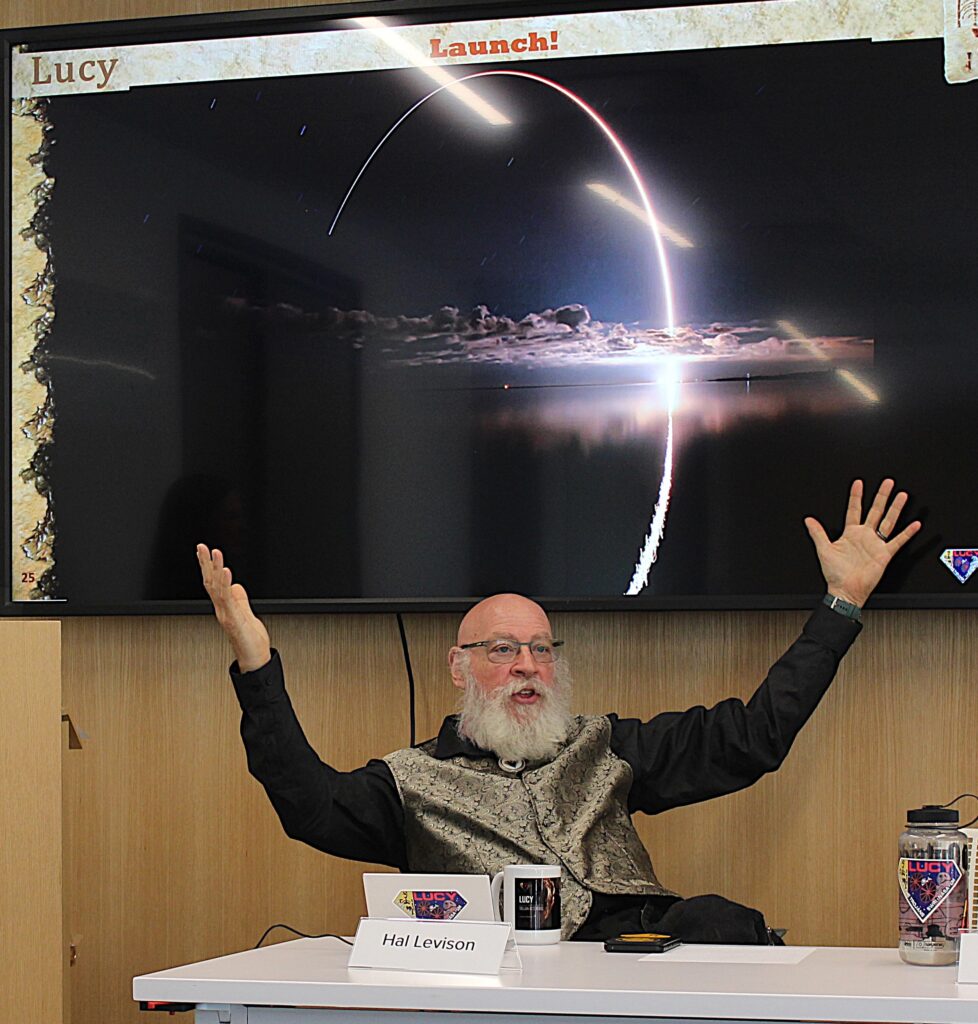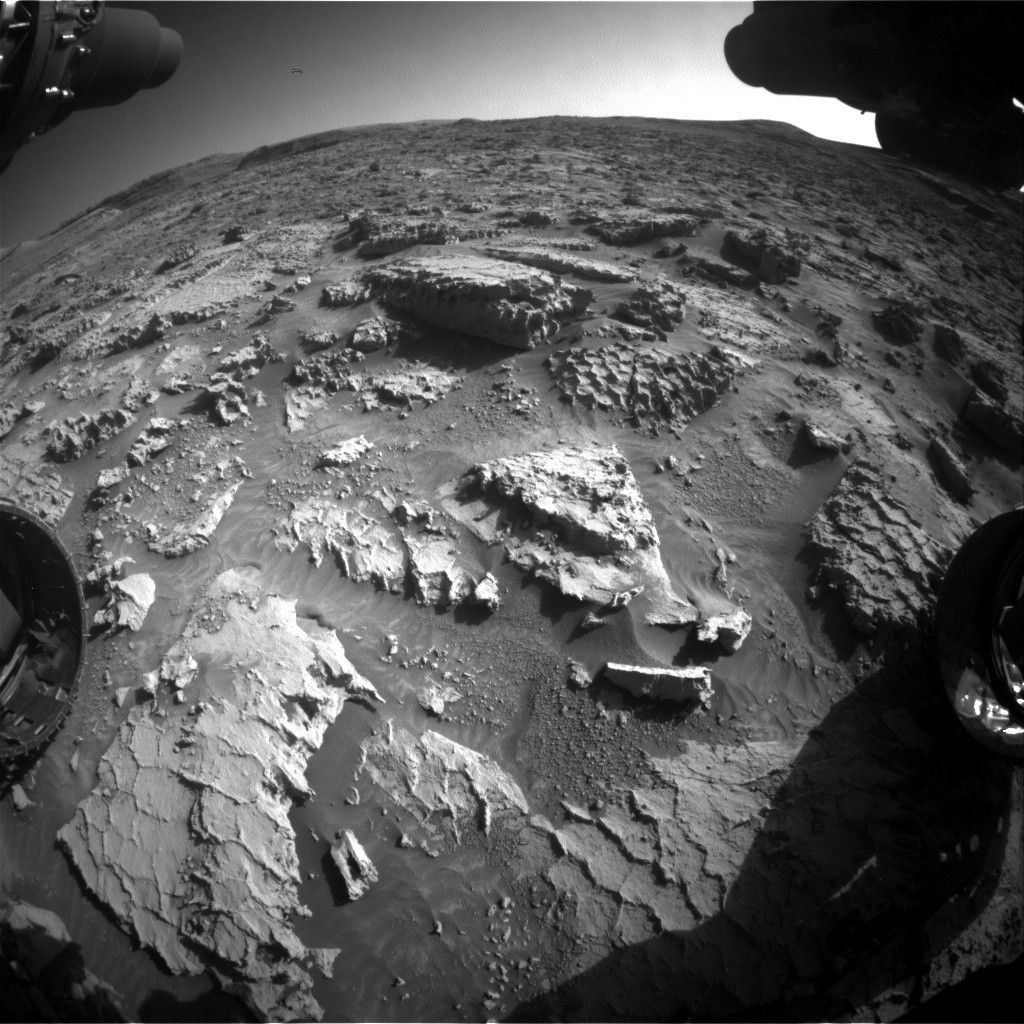Testing is now underway on NASA’s Dragonfly rotorcraft, a nuclear-powered, car-sized aerial drone that will look for potential precursors to life on Saturn’s moon, Titan. But before Dragonfly can take to the sky, NASA has to make sure it can withstand the moon’s unique environment.
Dragonfly’s main goal is to study the complex chemistry on Titan that may give insights into the origins of life in our solar system. Equipped with cameras, sensors, and samplers, this vehicle will investigate areas of Titan known to contain organic materials, especially those regions where such materials might have encountered liquid water beneath the moon’s icy surface in the past.
The lander will traverse Titan’s nitrogen-rich atmosphere using four dual-coaxial rotors, but to ensure that these rotors can perform under such conditions, the Dragonfly team has conducted numerous tests at NASA’s Langley Research Center in Hampton, Virginia, including operating the drone’s rotors in an wind tunnel that can simulate the atmospheric conditions on Saturn’s largest moon.
Related: NASA’s Titan Dragonfly will touch down on a field of dunes and shattered ice

“All of these tests feed into our Dragonfly Titan simulations and performance predictions,” Ken Hibbard, Dragonfly mission systems engineer at Johns Hopkins Applied Physics Laboratory (APL), said in a NASA statement.
Four Dragonfly test campaigns have conducted: Two in a 14-by-22 foot subsonic tunnel, and another two at a 16-foot Transonic Dynamics Tunnel (TDT). The subsonic tunnel is used to validate fluid dynamic models developed by mission scientists, while the variable-density heavy gas capability of the TDT is used to validate computer models in simulated atmospheric conditions Dragonfly will likely encounter on Titan.
The most recent testing, held in June, involved a half-scale Dragonfly model with hundreds of test runs, said Bernadine Juliano, APL’s test lead for the project.
“We tested conditions across the expected flight envelope at a variety of wind speeds, rotor speeds, and flight angles to assess the aerodynamic performance of the vehicle,” Juliano said. “We completed more than 700 total runs, encompassing over 4,000 individual data points. All test objectives were successfully accomplished and the data will help increase confidence in our simulation models on Earth before extrapolating to Titan conditions.”

Analyzing this wealth of data involves a collaborative effort, with specialists from institutions ranging from the University of Central Florida to NASA Ames Research Center in Silicon Valley. Rick Heisler from APL, who oversaw the TDT test campaigns, emphasized the value of these tests in understanding Dragonfly’s rotor performance in Titan’s unique atmosphere.
“The heavy gas environment in the TDT has a density three-and-a-half times higher than air while operating at sea level ambient pressure and temperature,” Heisler said. “This allows the rotors to operate at near-Titan conditions and better replicate the lift and dynamic loading the actual lander will experience.”
As the pieces of the mission come together, the enormity of the task and the historic nature of the mission is coming into focus for the team.
“With Dragonfly, we’re turning science fiction into exploration fact,” Hibbard said. “The mission is coming together piece by piece, and we’re excited for every next step toward sending this revolutionary rotorcraft across the skies and surface of Titan.”


